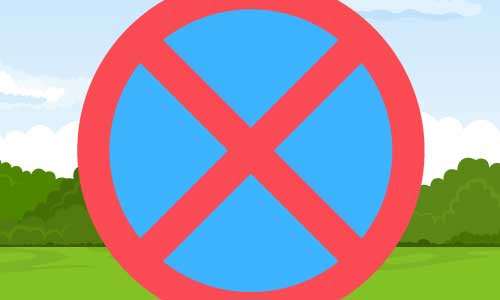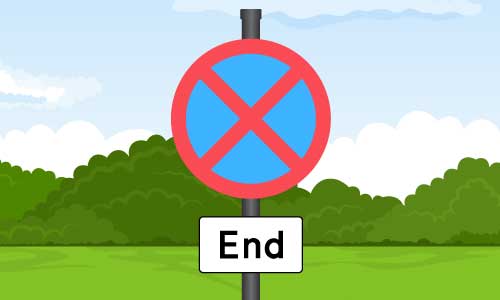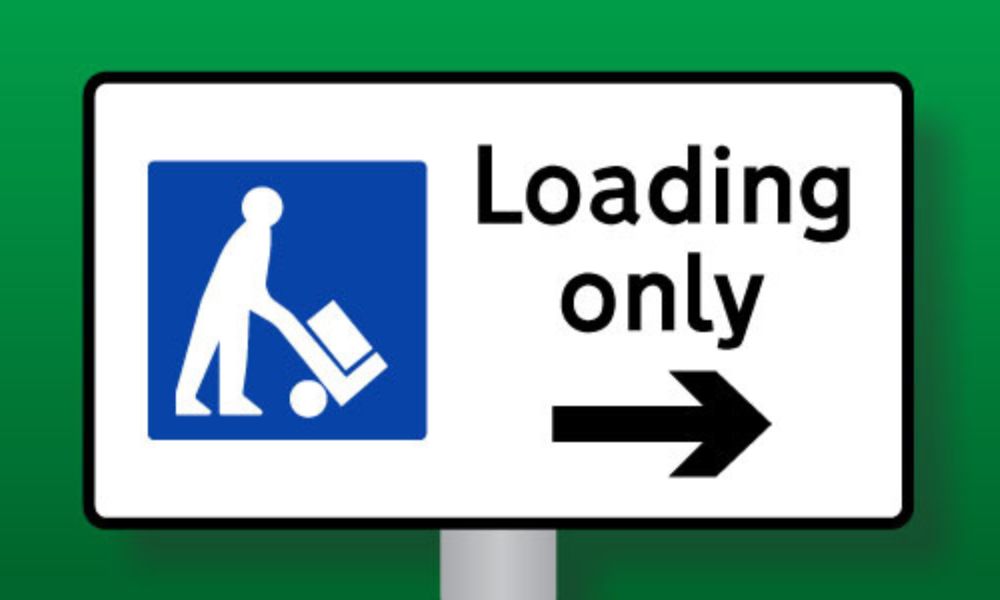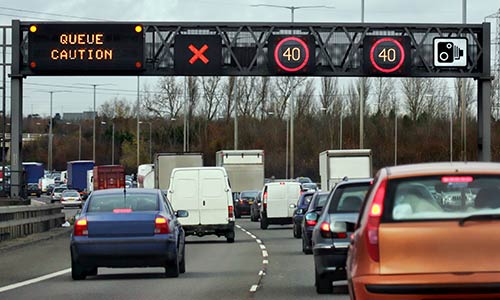
What is a clearway? Urban clearways, clearways and red routes explained
Last updated August 4th, 2023
According to the latest DVLA data, there are more than 40 million registered vehicles in the UK. Growing numbers of vehicles on the roads have inevitably led to more congestion, especially during rush hours.
Measures such as clearways, urban clearways and red routes can help to improve traffic flow in busy areas.
Each of these road types differ slightly from one another. However, they all prohibit drivers from obstructing a specific stretch of road by stopping or parking.
In this guide, we will clearly define what constitutes a clearway, urban clearway and red route – and explain the various rules and regulations that apply to each of these road types.
Value your car in under 30 seconds
What is a clearway?
Clearways are stretches of road on which it is forbidden to stop your car for any reason, at any time. They are denoted by the ‘clearway’ sign, which is a blue circle with a red cross over the top.

You’ll know where a clearway ends, as the sign will be repeated with the word ‘End’ also appearing in black lettering on a white background under the main sign.

In some cases, clearways are also referred to as ‘rural clearways’, as they are frequently featured on roads outside of urban areas. Any car that does stop on a clearway has to be pulled off the main carriageway completely to avoid obstructing traffic.
What is an urban clearway?
Unlike standard clearways, an urban clearway only forbids drivers from stopping or parking during its specific hours of operation.
For example, if an urban clearway is in operation between 7-9:30am, you cannot park or stop on it during these hours (unless you are dropping off or picking up passengers). Outside the specified hours of operation, you can stop or park anywhere the road markings permit.
The beginning of an urban clearway will be marked by a circular sign featuring a single red diagonal line across a blue background. This signage should also specify when the urban clearway rules apply.
As with a standard clearway, you will see a sign marked ‘End’ as you are leaving the zone, which tells you that the urban clearway rules no longer apply.
When an urban clearway is not in operation, you may stop or park on single yellow lines as you would normally. However, it should be noted that a pay-and-park system may be in place, especially if the urban clearway is situated in a busy area such as a high street.
What is a red route?
Red routes are often found on major urban roads in cities such as in London and Leeds - and they are indicated by single or double red lines on the road. When driving on a red route, you cannot stop or park your car at any time - and unlike standard clearways, these rules extend to the verge or footpath as well as to the carriageway itself.
Red routes are marked by rectangular ‘Red route clearway’ signs at the beginning and end of the route, in addition to red lines at the sides of the road.
Double red lines signify that the red route is in operation 24 hours a day. Single red lines indicate that it is only in operation for some of the time – and these hours of operation will be stated on nearby signage. You can stop on a single red line route whenever it is not in operation.
Only taxis and drivers with Blue Badge parking permits can stop on red routes during their hours of operation. Some red routes also have special parking bays noted by broken red or white lines, which allow disabled drivers to park or load/unload from their vehicle.
Broken red lines indicate that the parking bay is available for part of the time that the red route is in force - and broken white lines show that the parking bay is available at all times when the red route rules apply.
Red routes are usually policed more vigilantly than other areas where parking is restricted, with fines being issued by parking attendants, traffic wardens and even CCTV cameras. Fines are usually between £100 and £130, with discounts offered for early payment.
Frequently Asked Questions
You cannot stop on a clearway. Once you see a sign indicating that you are on a clearway, you cannot stop for any reason or at any time, until you see the sign signalling the clearway has ended.
Clearways exist to ensure that traffic can flow without the obstruction of parked vehicles. Even just one parked vehicle can cause an obstruction for all other traffic - and you cannot stop where a clearway is in force for this reason.
There is no difference – ‘no stopping’ is simply another term for ‘clearway’.
No, you cannot drop off or pick up any passengers on a clearway.





